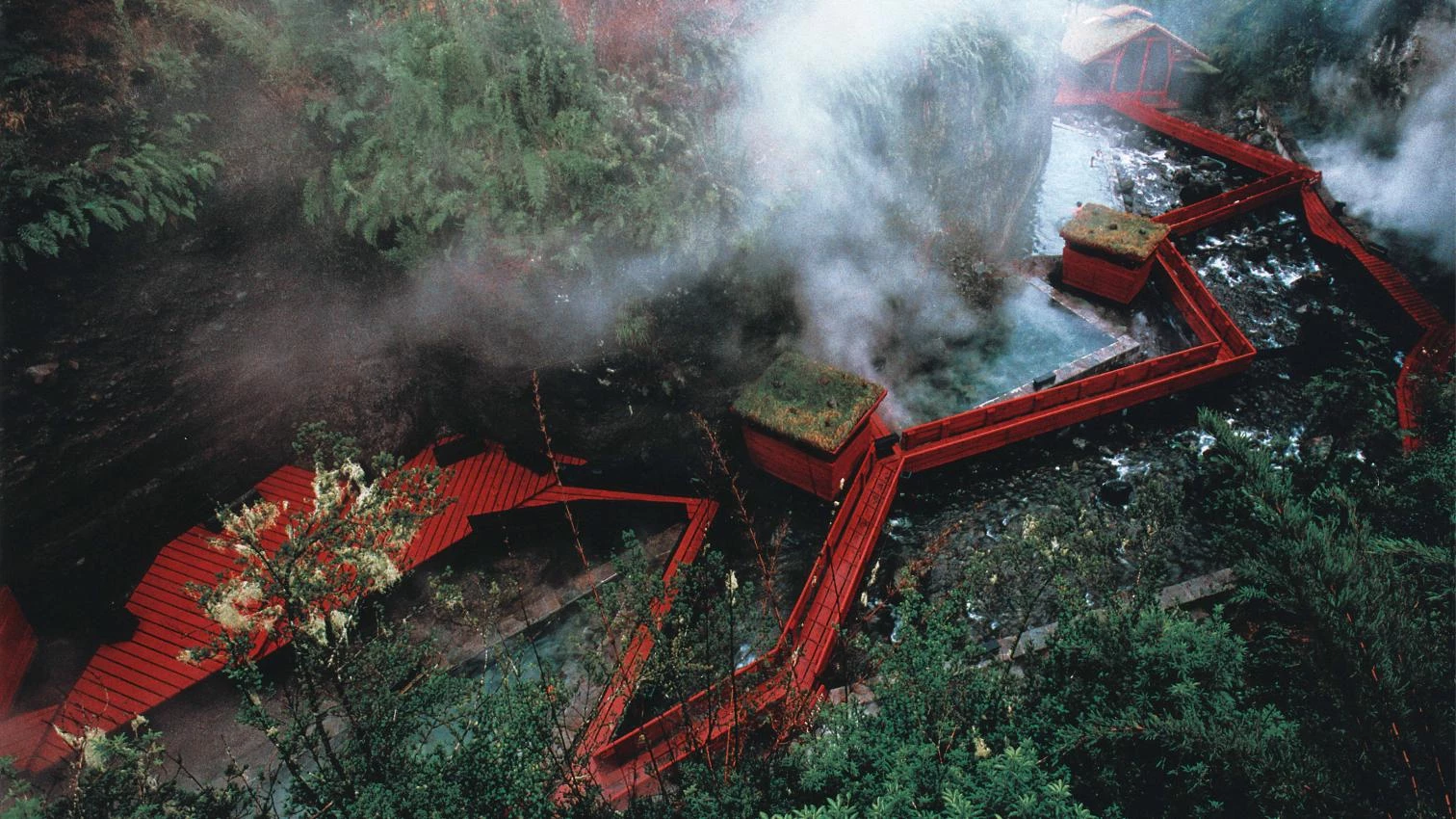Chile, Matter and Landscape

Since the year 1990, Children architecture has been receiving growing international attention. The wide publicity bestowed on the Chile Pavilion at the Universal Exposition of Seville in 1992 was among the initial signs of this phenomenon. The appearance of numerous publications dedicated to Chile’s architectural production confirmed the existence of widespread interest in a small peripheral country that was ending a sixteen-year period of authoritarian rule and beginning a democratic course. Its architecture was no longer removed from international phenomena, such as the idea of critical regionalism formulated by Kenneth Frampton, nor was it centered exclusively on the concern for local identity that had characterized it in the previous decade. Abandoning the focus on reinterpreting the past that had characterized the dominant postmodern sensibility in the eighties, some Chilean architects directed a new gaze at modern production. A material poetics, combined with attention to what the landscape and the territory suggested, characterized this new sensibility...
[+]





